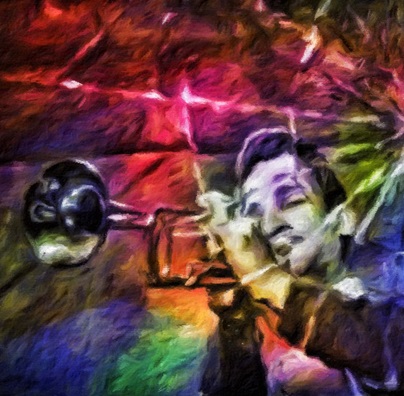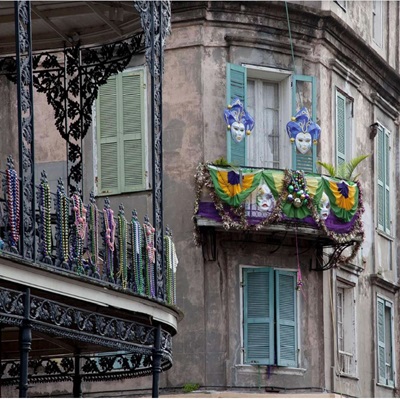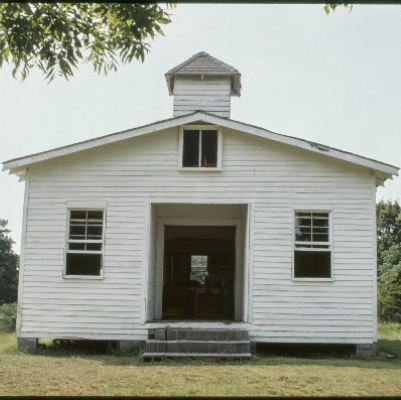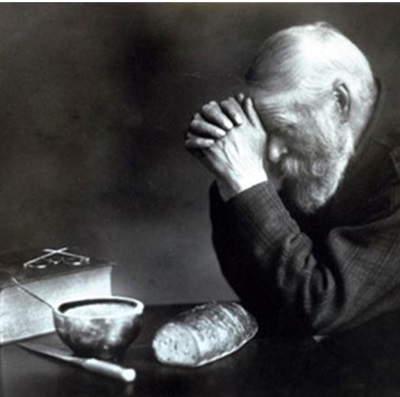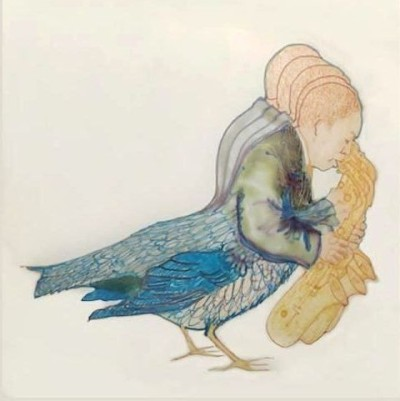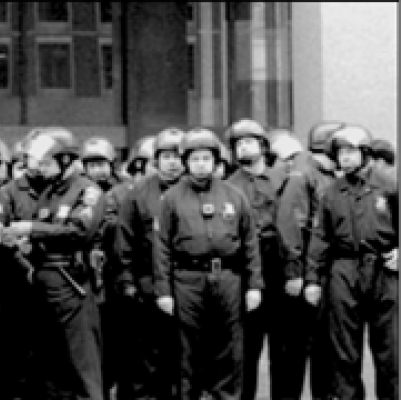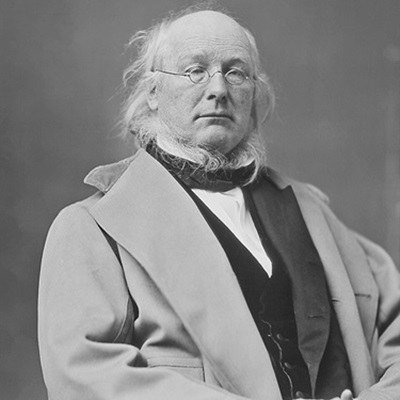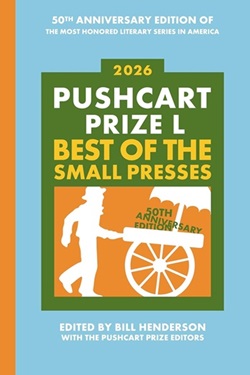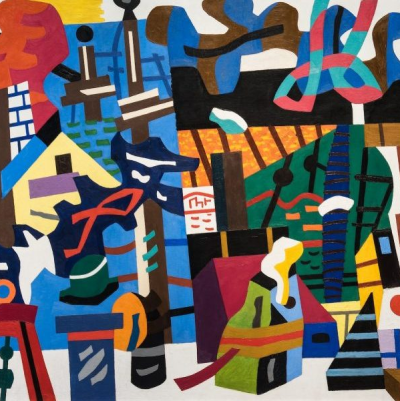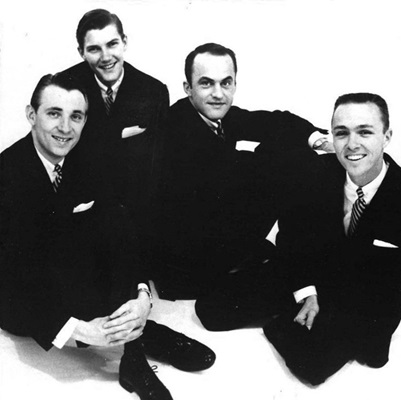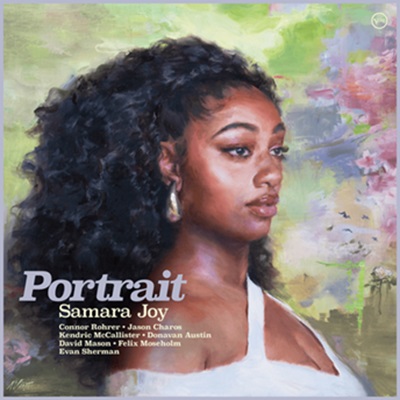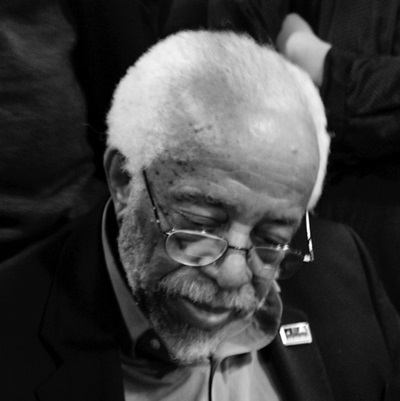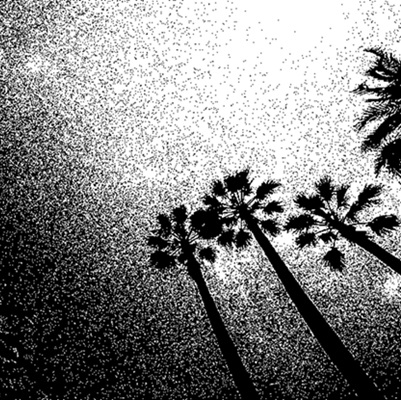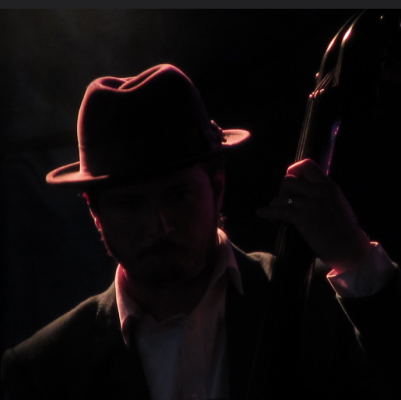Accent on Youth
by
Ted Bryan
___________________________
Ted Bryan is a seventeen-year-old Portland, Oregon resident who was co-winner of the 2006 Accent on Youth Essay Contest, as judged by jazz critic Gary Giddins, vocalist Dee Dee Bridgewater, and the publisher of Jerry Jazz Musician. His passion for jazz is the focus of the column.
This column was originally published September 9, 2006
*
Listen to Dinah Washington sing Accent On Youth
Out From In: Part Two
__________________________________________
1
Man’s eye loves a horizon, and the aural equivalent of horizon is unmolested air — space, silence. Breath is the natural mechanism; silence is the fundamental element of all auditory perception, whence the homunculus of sound begins its travels. Therefore it is golden ‘cuz of both its purity and it’s wealth of potentialities.
“Music is a profanation of silence in the interest of silence.” (Henry Miller, Tropic of Capricorn, pg. 332 — look it up). Music is anticipatory of silence, of the deep inhalation and exhalation following a particularly brilliant or frenzied passage, the great awed hush that births applause; all things dream on their creator. By this criteria, Roland Kirk’s flute work is stunning, because in his more ambitious moments (when you’re more apt to notice) he provides a foretaste of silence — it’s there in between the flute-noises, in all those breaths he’s taking (cuz’ you sure can hear ’em!). Lots of room even in all that energy. He provides a sort of mandala circle of the birth-death of a note: the breathing akin to space (where the note is born), the flute sounding and then returning to the breath. For the adventurous who would look even deeper into this, his playing is also a perfect realization of the non-duality of subject-object — a monist principle of Buddhist dharma, expounded in extremes in the Chittamara or Mind Only school. You are not just hearing a flute; you are not just hearing a guy sing, hum, scream, and breathe: you are hearing all these things (and more) at the same time, because the flute is the man and the man is the…
This method just assigns so much more weight to the thing as a soloing instrument, none of the light, airy garbage that flutes are known for; big thick brush strokes, like those ugly early paintings of Cezanne. Expression of a brute simplicity of sensational perceptions cum complex manifestations/expressions. Baseball bats in stumble-flight…as instantly here as they are gone — check out “One Ton.” It is the acme.
And flute is just ONE of the instruments he plays.
2
There’s some people who think art and austerity walk hand in hand — I suppose a lack of austerity is oft misconstrued as a lack of sincerity or seriousness, when these latter two have absolutely nothing to do with the former. A sense of humor or irony does not detract from one’s commitment to art. Actually enjoying yourself and letting your guard down — what kind of a nut would do that, right? There’s a lyric in a Dead Moon song where Fred Cole bemoans artists and the “feeling that we know they’ll censure/ for fear they’d be caught in adventure.” Safety lies in conventions of thought, speech, and action. Deviancy is just too gauche to be permitted; but deviancy paves the road to salvation. I think you would find those who assign less importance to the visceral product and experience of art, and all the adventitious uses for it in life, dealing in conventional styles because they care more for extrinsic validation than for impact or actual worth. I mean, what has art ever really been about but dialogue? Isn’t that the function, the purpose of these varied media stuffs? The most important thing art can do is open avenues to interpretation. (Unfortunately some people have got it into their minds that writing is supposed to be about clear communication of ideas, and this is translated as just a direct, hand-over-all-you-got-with-a-spoon-method prevalent everywhere, but we’re talking music…)
I hear you crying, yelling, “When will he remember why we’re here: ROLAND KIRK?!!!” My point is that, while Miles Davis dialogues with nuthin’ in his cool/dull approach, Roland dialogues with everything.
And what more could you want?
______________________________
To read Ted’s previous column, go to the next page





